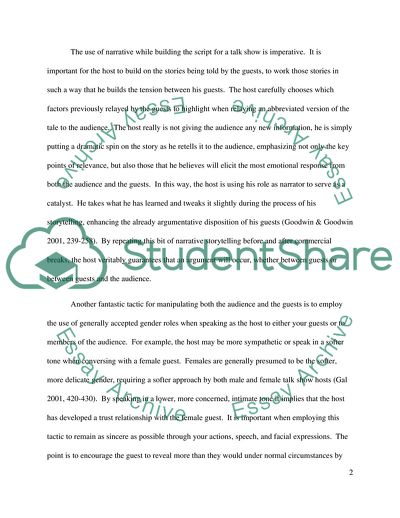Cite this document
(Talk Shows which Employ the Uses of Sociolinguistics Case Study, n.d.)
Talk Shows which Employ the Uses of Sociolinguistics Case Study. Retrieved from https://studentshare.org/media/1720608-sociolinguistic-aspects-of-talk-shows
Talk Shows which Employ the Uses of Sociolinguistics Case Study. Retrieved from https://studentshare.org/media/1720608-sociolinguistic-aspects-of-talk-shows
(Talk Shows Which Employ the Uses of Sociolinguistics Case Study)
Talk Shows Which Employ the Uses of Sociolinguistics Case Study. https://studentshare.org/media/1720608-sociolinguistic-aspects-of-talk-shows.
Talk Shows Which Employ the Uses of Sociolinguistics Case Study. https://studentshare.org/media/1720608-sociolinguistic-aspects-of-talk-shows.
“Talk Shows Which Employ the Uses of Sociolinguistics Case Study”. https://studentshare.org/media/1720608-sociolinguistic-aspects-of-talk-shows.


